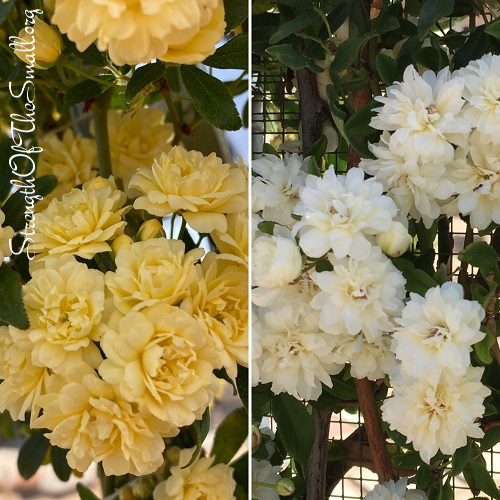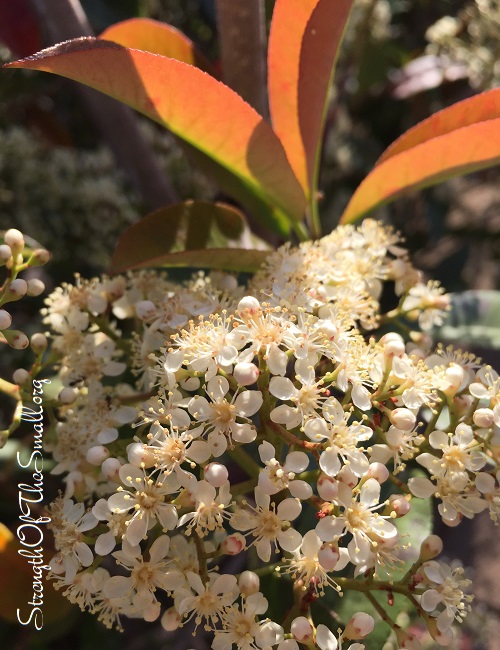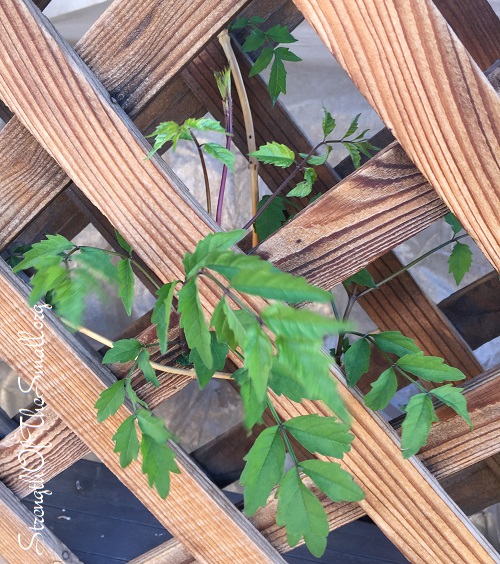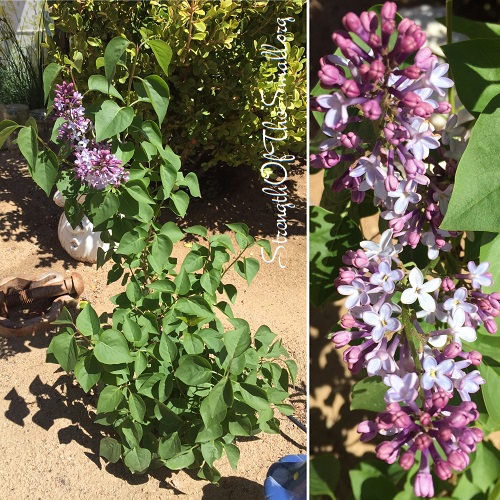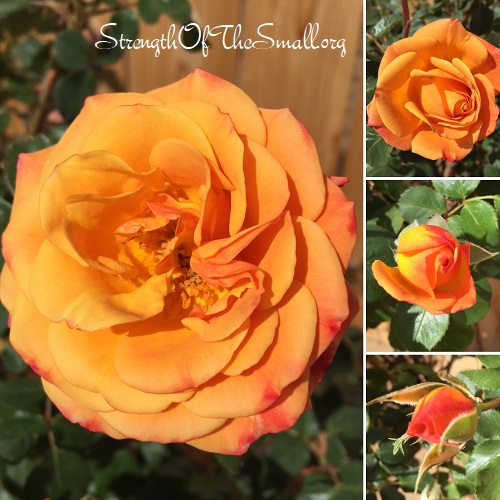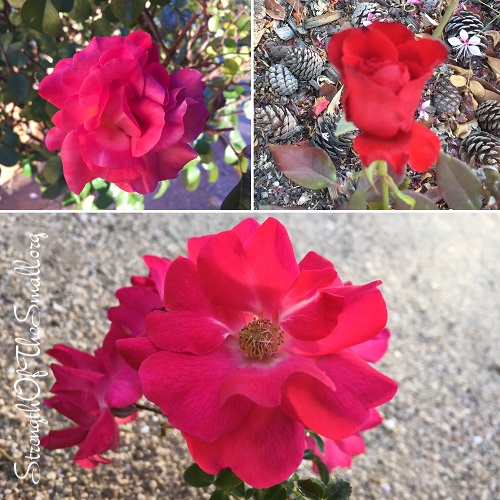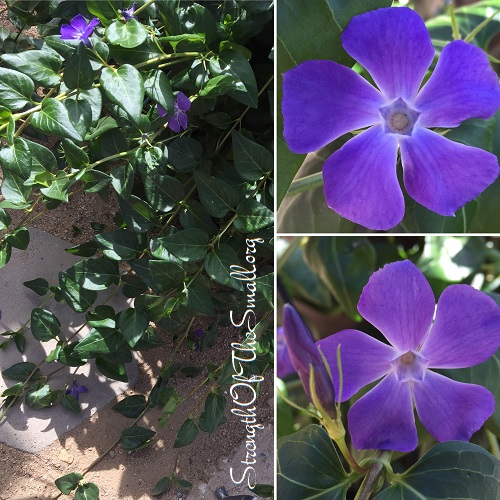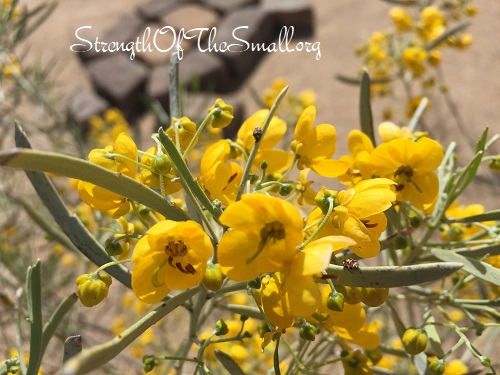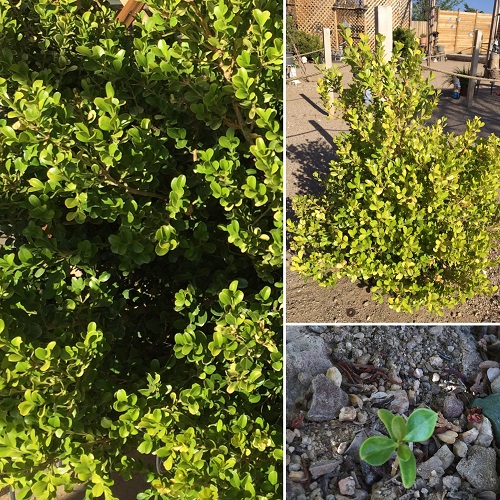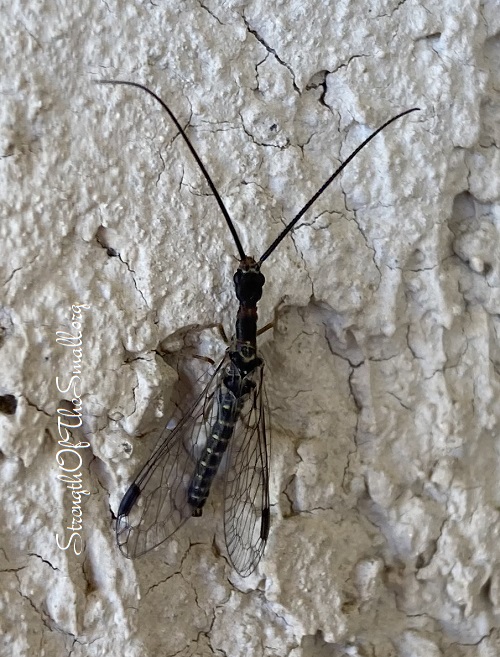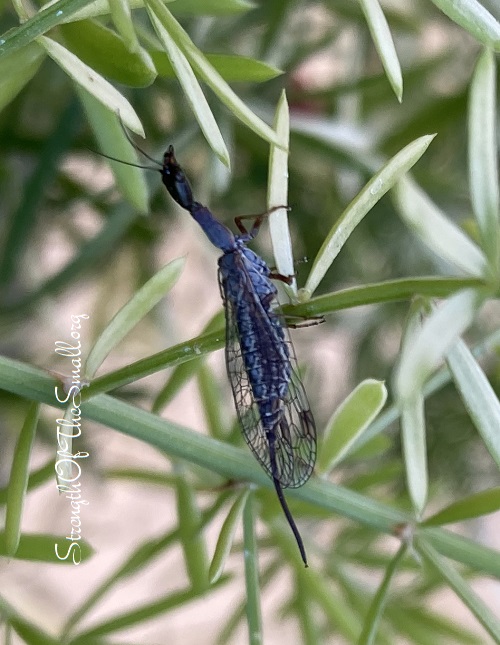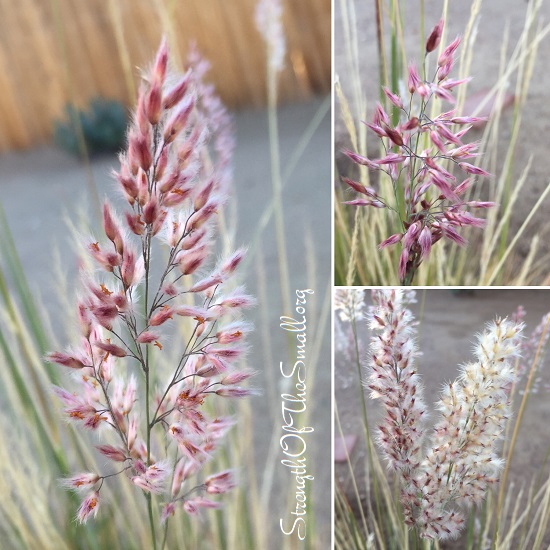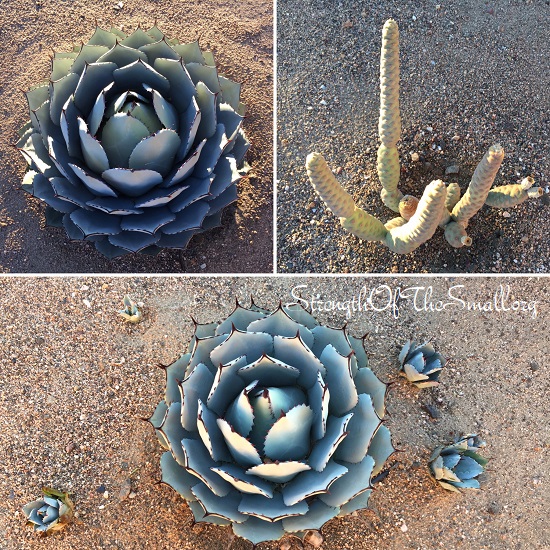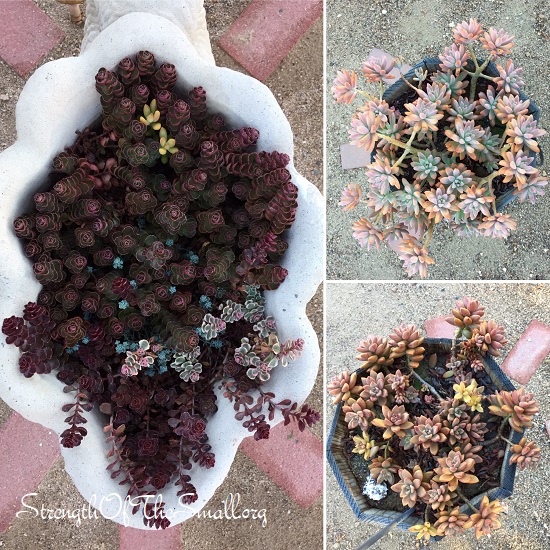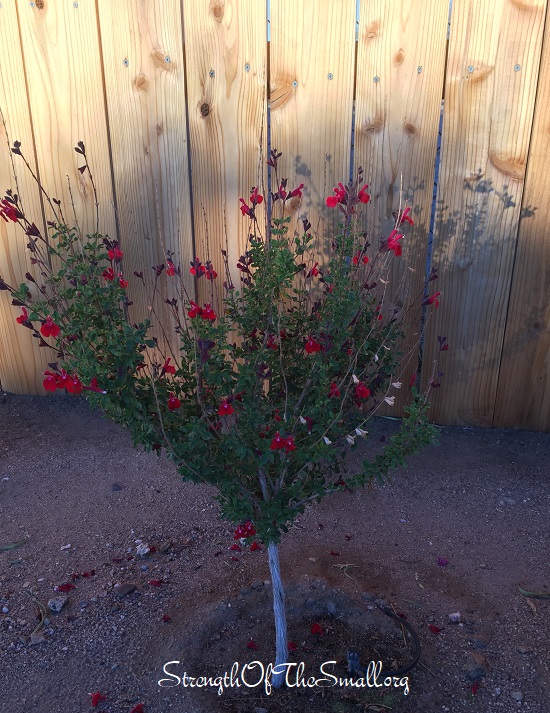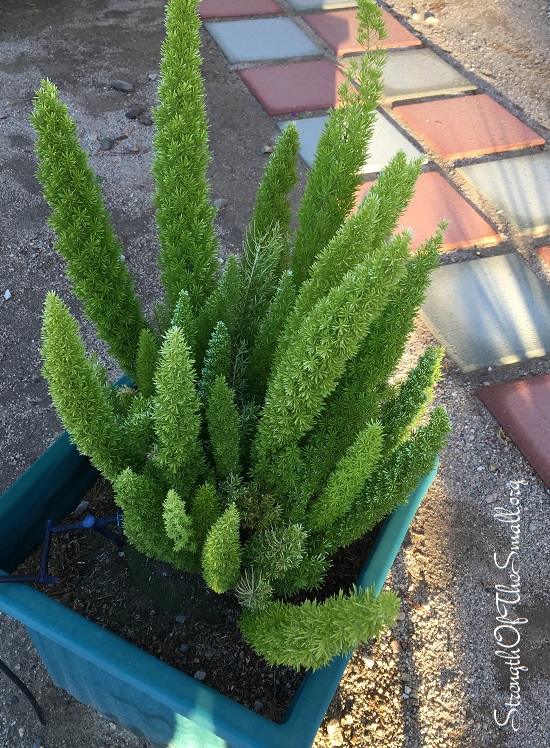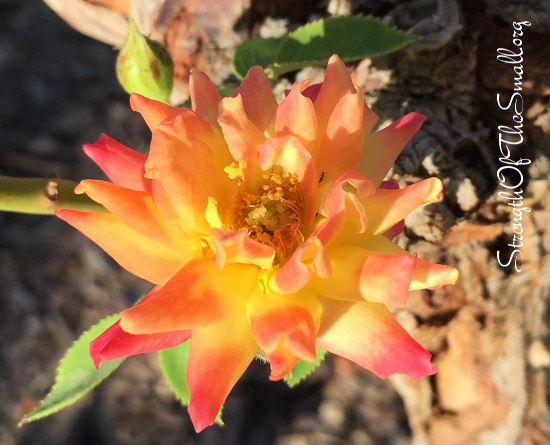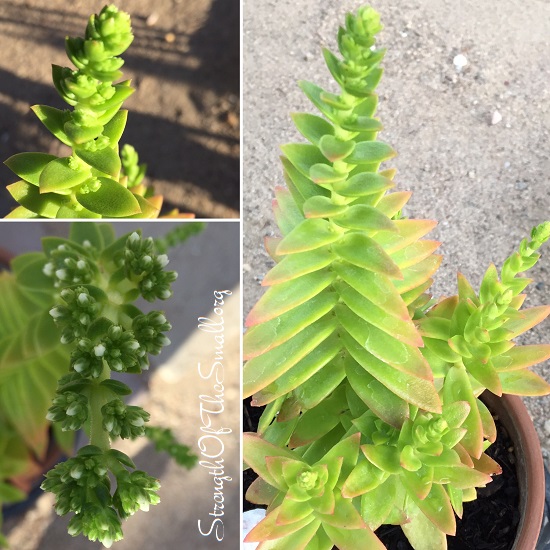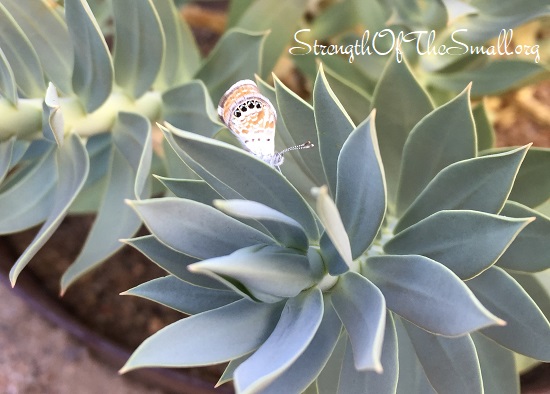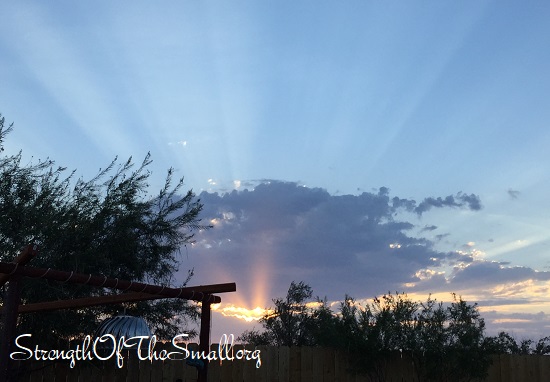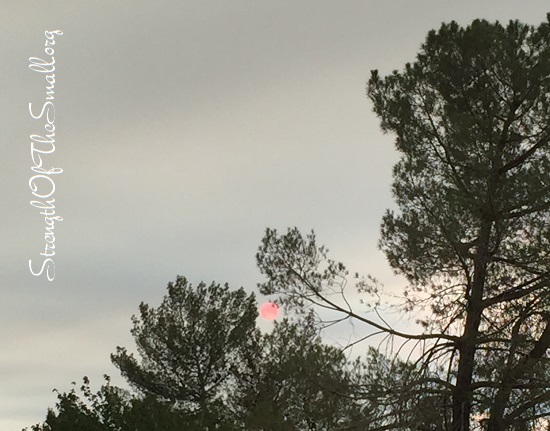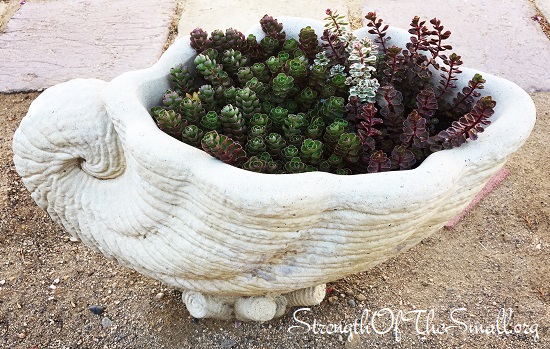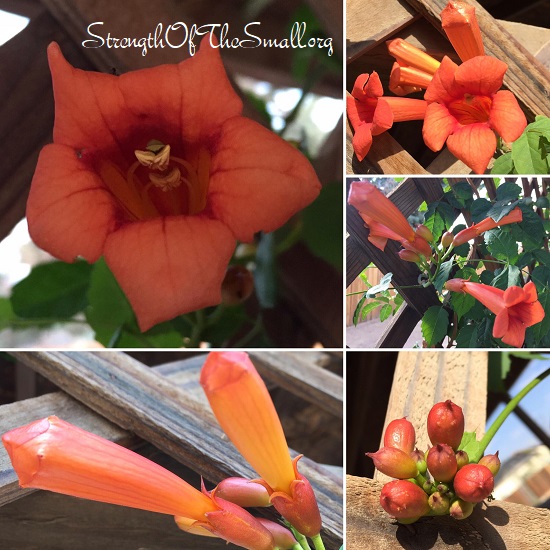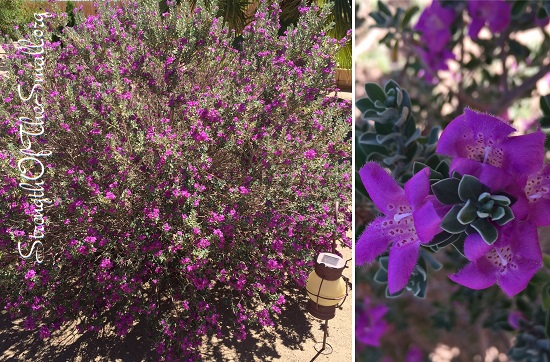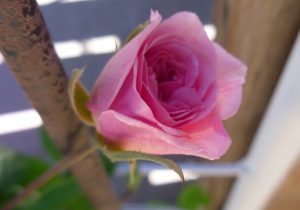Though we are still in the midst of Spring, temperatures are beginning to soar.
Animals, birds, and critters alike are very active. A few weeks ago, we’ve noticed an increase of pigeons in the neighborhood. We are not sure if they suddenly got here, if someone perhaps is breeding them and/or intentionally feeding them; but I sincerely hope they do not become a nuisance.
We cleaned and refilled all the Hummingbird feeders and we set up the Seashell water fountain in a semi-shaded area in the backyard to provide fresh drinking water for wildlife.
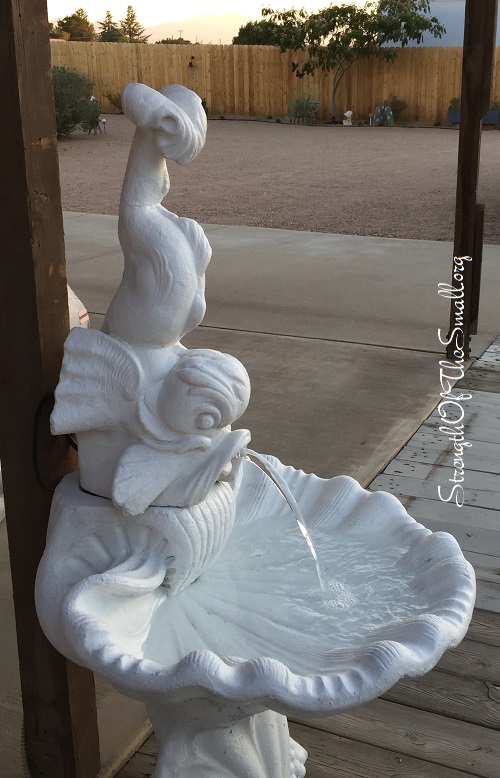
The gardens are lush and the plants are thriving; so there isn’t much to do in the garden, and the soaring temperature makes it a little hard to spend time outdoors as much as I would love to.
Most of the plants are covered in flowers such as the Wisteria Vine, Creeping Myrtle, “Madame Galen” Trumpet Vine, Gaura Lindheimeri, Daylilies, Calibrachoa, African Iri, Dwarf Cup Flower, Dwarf Myrtle, Mimosa Trees, Green Feathery Senna, Silvery Cassia, Snapdragon, Yellow Bird Of Paradise Bush, Salvia Greggii, Hameln Dwarf Fountain Grass, Tulbaghia Silver Lace, Breath of Heaven, etc.
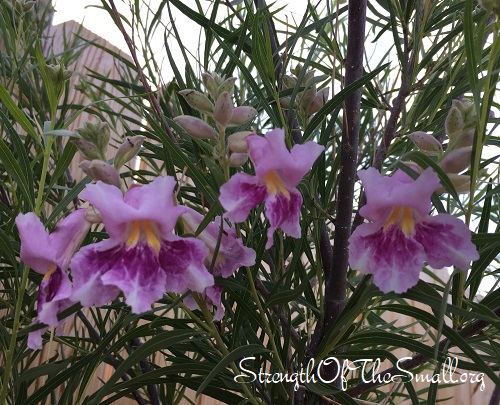
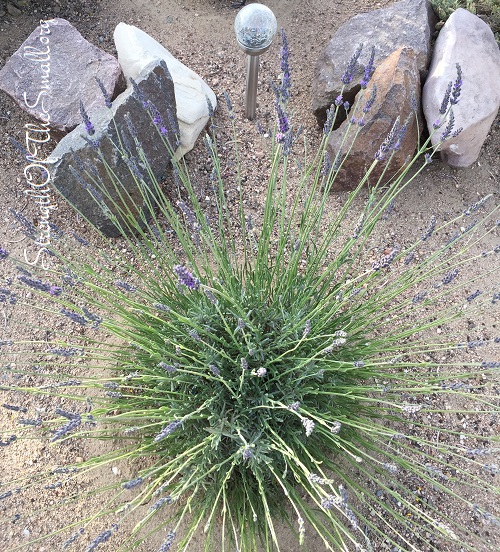
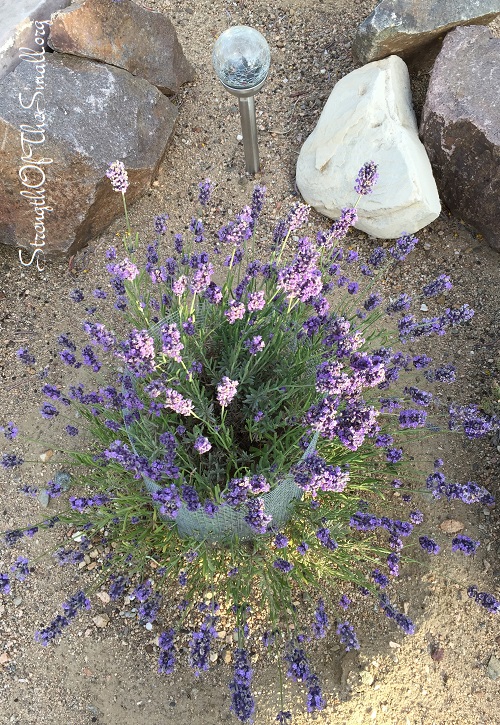
We added two more rose bushes to our collection: Perfume Delight Hybrid Tea Rose and Love At First Sight Hybrid Tea Rose.
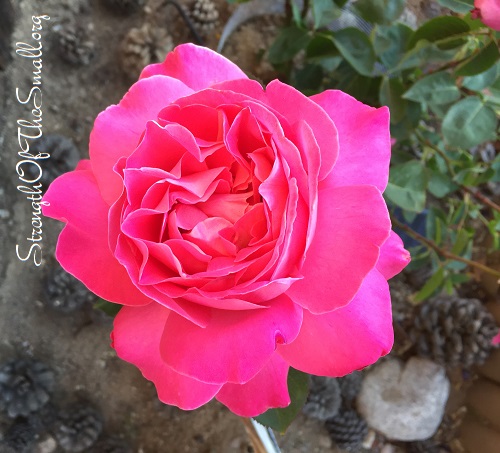
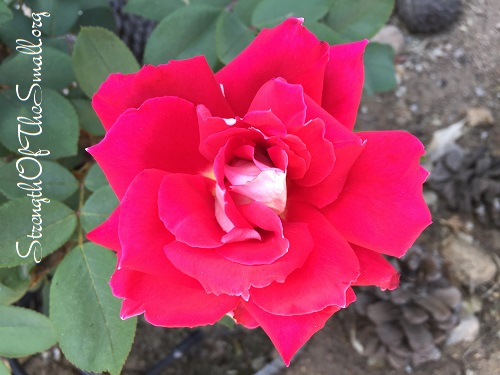
Gophers and Ground Squirrels have been very active, digging, gnawing, and causing damages on plants. We’ve set traps and I’ve been patrolling the entire property daily, and so far we’ve caught one Gopher and one Squirrel. At the far back of the property I’ve notice signs of Gopher activities around the Gopher plants, and we will be setting more traps in a day or two.

We finally replaced one of the wired doorbells.
Something cool about this doorbell is the fact that the button illuminates for evening visibility. If you removed the push button, it sits beautifully over the door’s peephole.
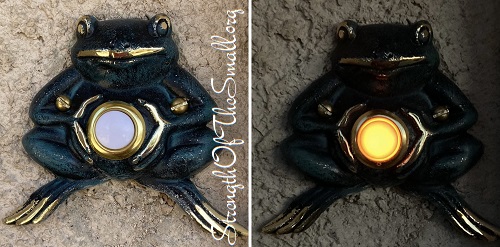
Happy gardening!
